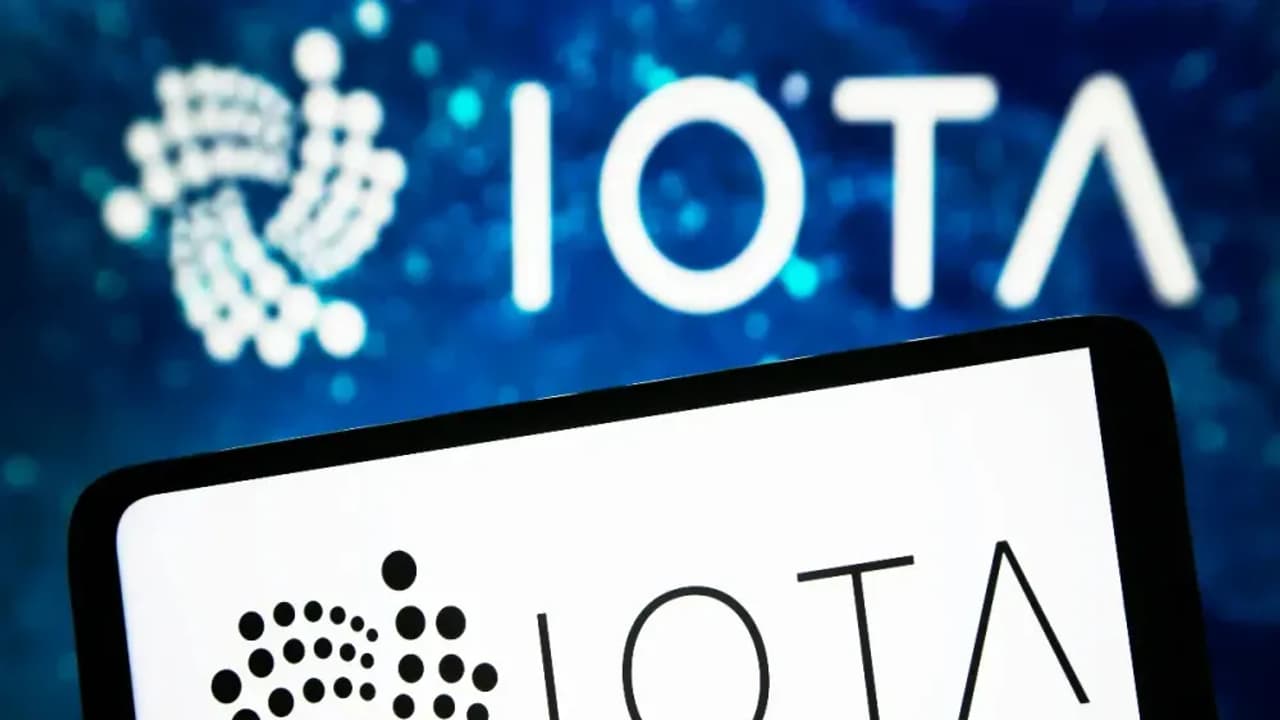Thirteen trusted validators oversee IOTA’s Rebased launch, transferring assets and establishing a decentralized new mainnet.
On May 5, 2025, IOTA transitions to a delegated Proof-of-Stake setup known as IOTA Rebased.

To make it happen, thirteen highly vetted Genesis Validators will coordinate a special Genesis Ceremony, transferring all assets from the current Stardust network to the new Move-based protocol. Think of it as an elaborate handshake ensuring nobody can singlehandedly control the new IOTA mainnet.
These validators aren’t random picks. They include the IOTA Foundation, P2P.org, Nansen, Kiln, and others, each bringing deep expertise in staking, infrastructure, or analytics. Over the last five months, they’ve hammered out technical details to ensure a smooth ledger transition.
It’s more complicated than just flipping a switch, though. Everyone’s balances in Stardust get checked, re-verified, then mapped onto the new chain. This process minimizes chaos and downtime, so your tokens should appear where you left them when the dust settles.
Why only thirteen? Because more would balloon the complexity. Each extra validator adds more overhead, more communication, and more chances for something to break at an inconvenient moment. With a smaller set, they can keep the ceremony tight, keep upgrade windows short, and speed up the time it takes to finalize the new mainnet.
Once the Rebased chain goes live, new validators can join freely, eventually expanding to the standard 50-seat committee.
After the network spins up, you’ll have a roughly 24-hour grace period to interact with it. Then new delegations kick in, letting stakers choose which validators to back.
With the final ledger rechecked and the new protocol running, IOTA hopes to jumpstart a new era of decentralized apps and services.
It’s a big step, but if it works, IOTA Rebased could redefine how the network handles governance, staking, and development in one shot.
For updates and corrections, email newsroom[at]stocktwits[dot]com.<
